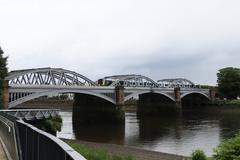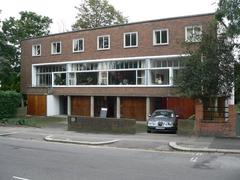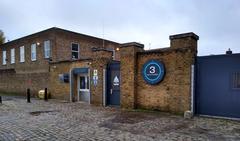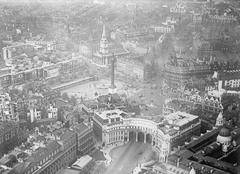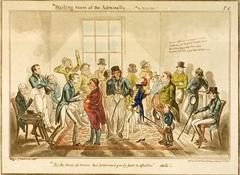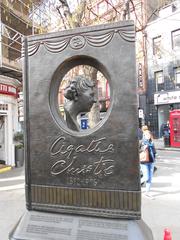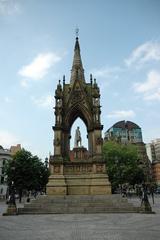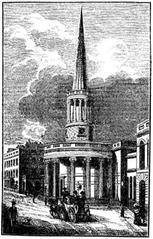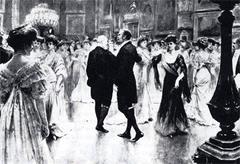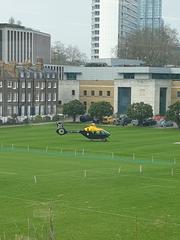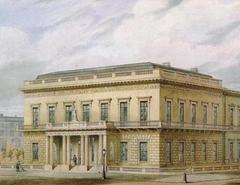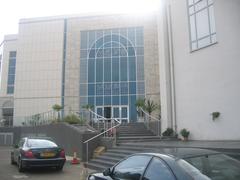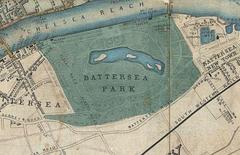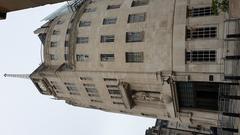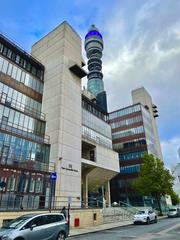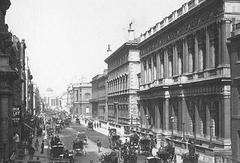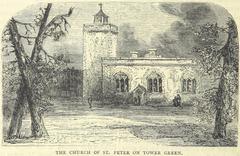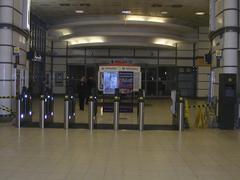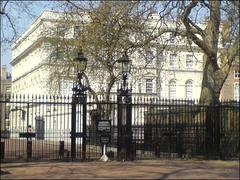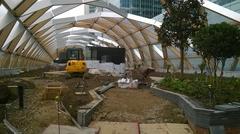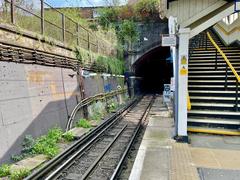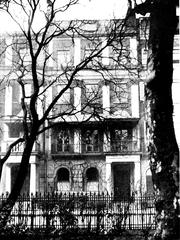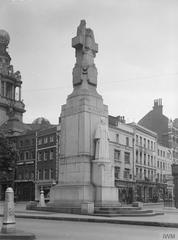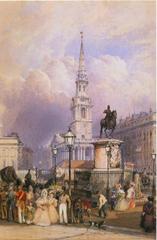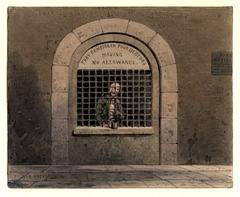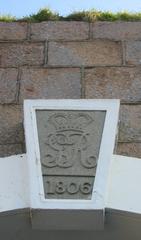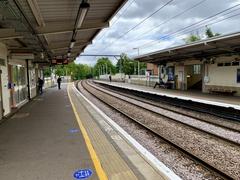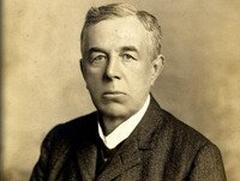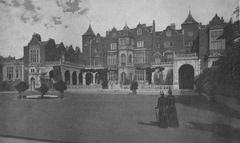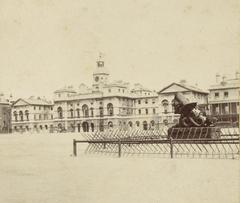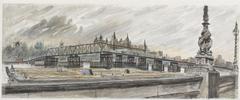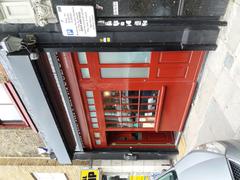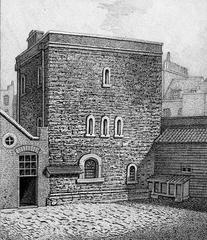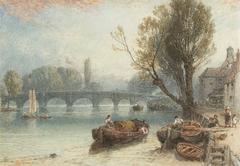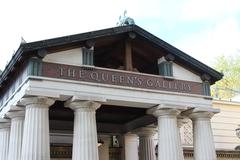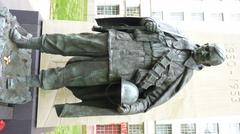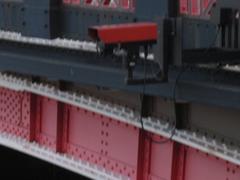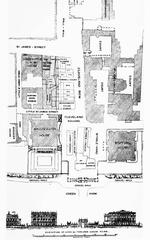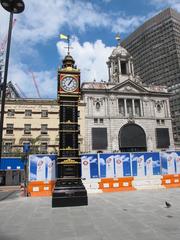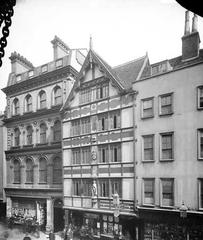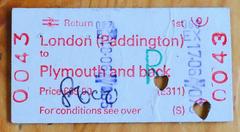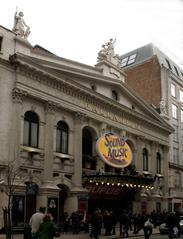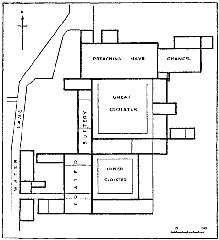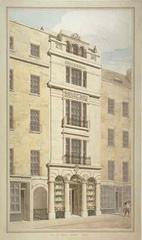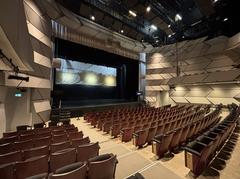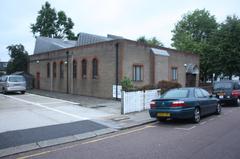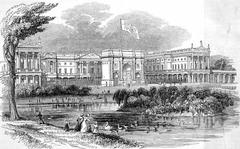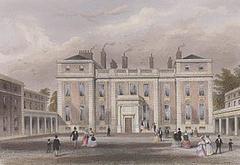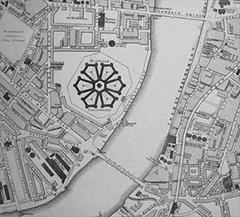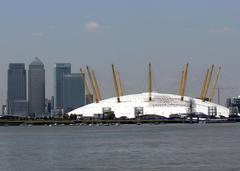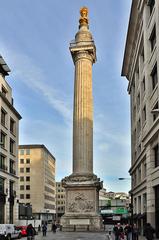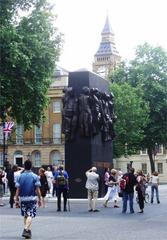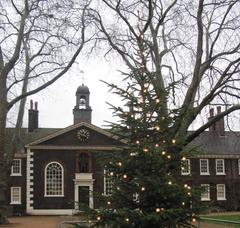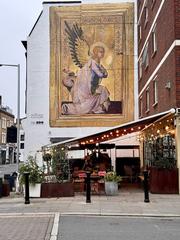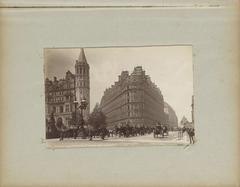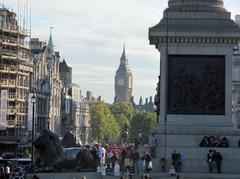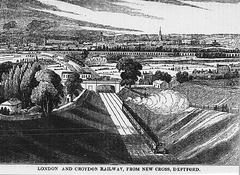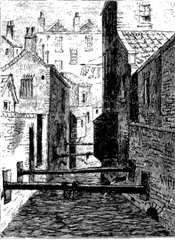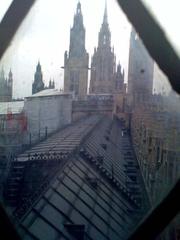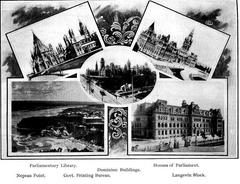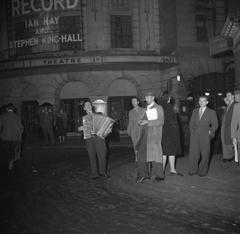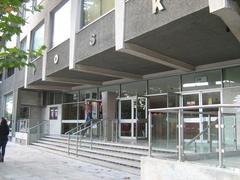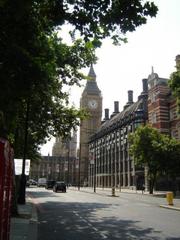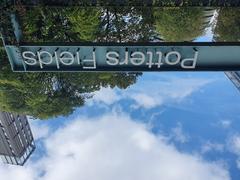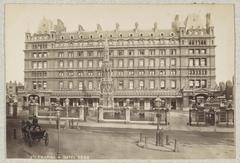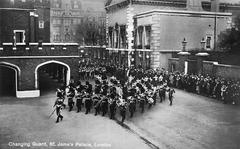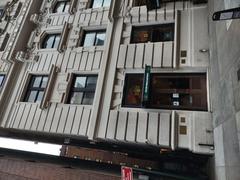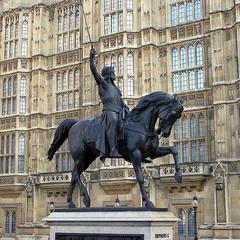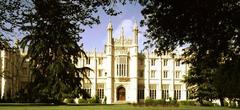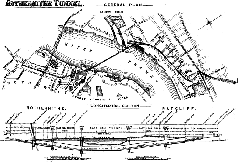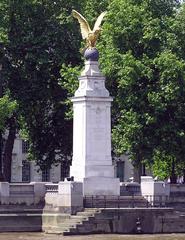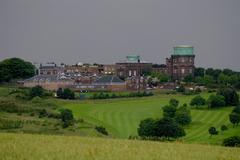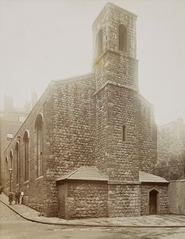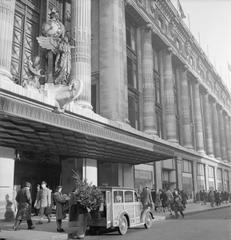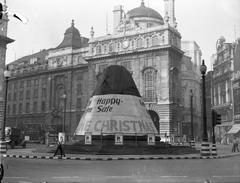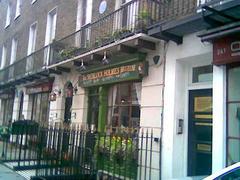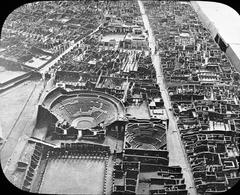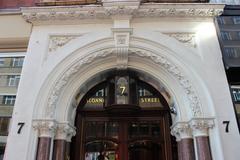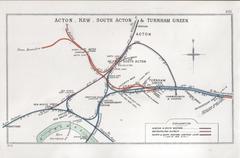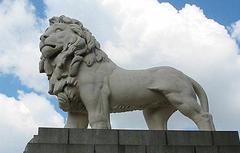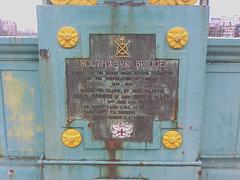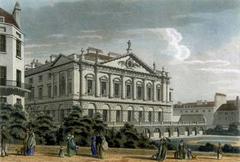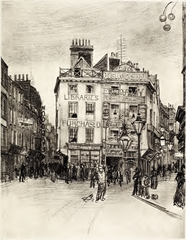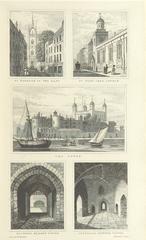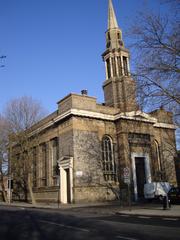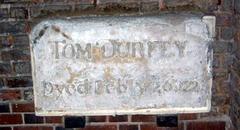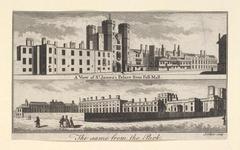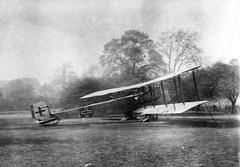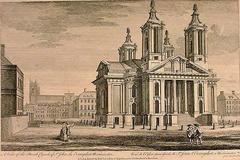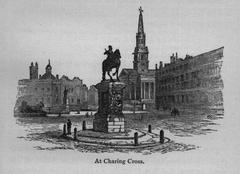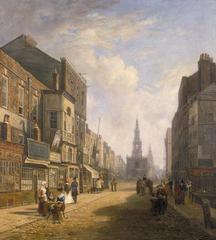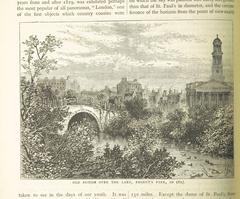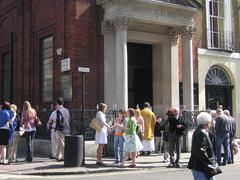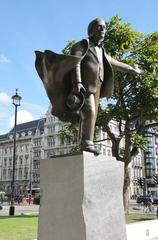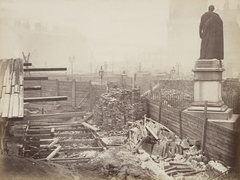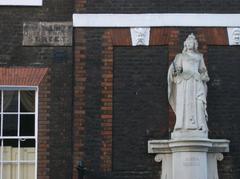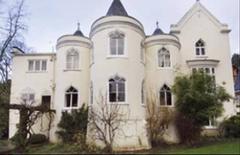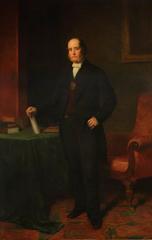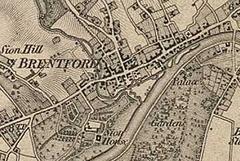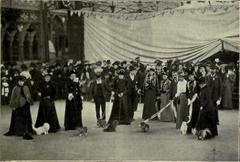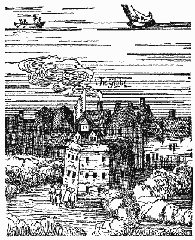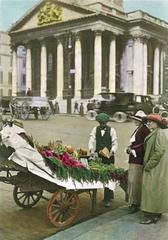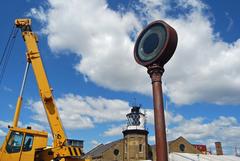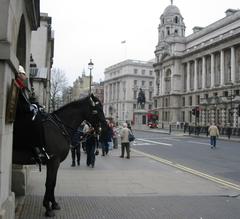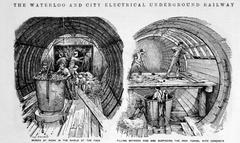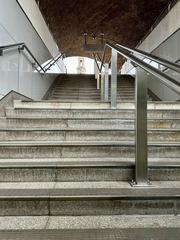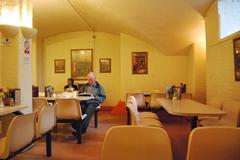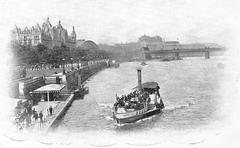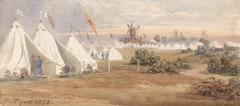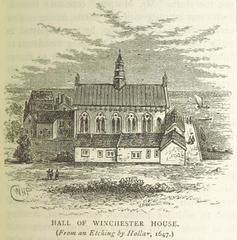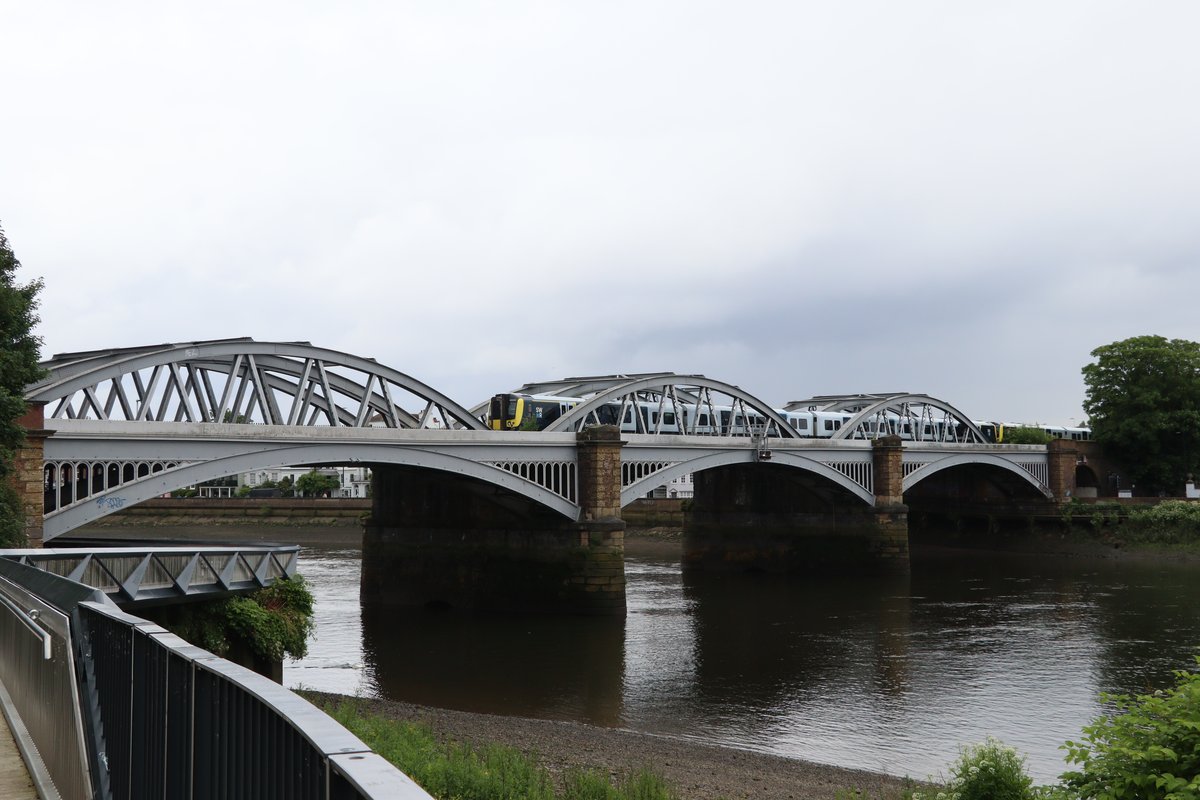
Visiting Barnes Bridge: Hours, Tickets, and Historical Insights
Date: 31/07/2024
Introduction
Barnes Railway Bridge, an iconic historical structure in London, stands as a testament to Victorian-era engineering and modern-day utility. Spanning the River Thames between Barnes and Chiswick, this Grade II listed bridge offers a unique blend of architectural heritage and contemporary functionality. Initially constructed in 1849 by the London and South Western Railway Company, Barnes Bridge has undergone significant transformations, including a major redesign in the 1890s to enhance its structural integrity and utility (Wikipedia, The View at Barnes Bridge). Today, it is one of only three bridges in London that combine pedestrian and rail use, making it a vital part of the city’s infrastructure and a popular spot for both locals and tourists (The View at Barnes Bridge).
This comprehensive guide aims to provide visitors with all the essential information needed to explore Barnes Railway Bridge, from its rich historical background to practical travel tips. Whether you’re a history enthusiast, a photography lover, or simply looking for a picturesque spot to enjoy the Thames, Barnes Bridge offers something for everyone.
Table of Contents
- Introduction
- The History of Barnes Railway Bridge
- Visitor Information
- Special Features
- FAQ
- Conclusion
Exploring Barnes Railway Bridge: History, Visiting Hours, and Travel Tips
The History of Barnes Railway Bridge
Early Development and Construction
During the 1840s, the London and Southampton Railway Company, later renamed the London and South Western Railway Company, embarked on developing a new railway line running between Nine Elms and Richmond. This line was later extended to Windsor, necessitating the construction of Barnes Railway Bridge over the River Thames. Before this, Barnes, a small settlement, had never featured a river crossing (Wikipedia).
Initial Construction Phase (1846-1894)
The necessity for a river crossing at Barnes capable of taking a train was put forward by the London & Southampton Railway. The bridge opened in 1849, proving to be a useful bypass for passenger and freight traffic, avoiding the busy route through Richmond (The View at Barnes Bridge).
Design and Structure
The original Barnes Bridge consisted of two railway tracks on a wrought iron bridge and a single footpath on the downstream side. Today, Barnes Bridge is one of only three bridges in London to combine pedestrian and rail use, the others being Hungerford Bridge and Golden Jubilee Bridges and Fulham Railway Bridge (The View at Barnes Bridge).
Replacement and Expansion (1890s)
During the 1890s, a wider replacement bridge designed by Edward Andrews was constructed by Head Wrightson on behalf of the London & South Western Railway. This new structure comprises three spans of wrought iron bow string girders, carrying a pair of railway tracks across the river. A pedestrian walkway was also added at this time. The original Locke span remains standing along the upstream side of its replacement but is not used by any traffic (Wikipedia).
Historical Significance
In June 1983, Barnes Bridge was given protection by English Heritage (now Heritage England) as a Grade II listed structure. This designation highlights its historical and architectural significance, ensuring its preservation for future generations (The View at Barnes Bridge).
Impact on Local Infrastructure
The creation of the original bridge interrupted the Thames Walk on the Hounslow side of the river, with no physical means of crossing other than a small road tunnel 200 yards from the riverbank. This has led to ongoing discussions and plans for improving pedestrian access in the area (Wikipedia).
Modern Developments
In the 2010s, Barnes Bridge has been temporarily closed to pedestrians during the annual Oxford and Cambridge Boat Race to avoid excessive crowding on the structure. Additionally, plans have been mooted for the reuse of the long out-of-use Locke structure, with proposals to convert it into a garden walkway. This ambition has reportedly attracted the support of national network infrastructure company Network Rail (Wikipedia).
Recent Renovations
In 2009, work began on a bridge makeover, which included repainting all the iron structures in two shades of grey and replacing damaged brickwork. The cost of this renovation was approximately £3 million, funded by Network Rail. In 2021, work began on a new footpath under the bridge on the Hounslow side, further enhancing pedestrian access (The View at Barnes Bridge).
Cultural and Community Impact
Barnes Bridge has become a landmark viewing point for the annual Oxford and Cambridge Boat Race since 1945. It is said that whichever team leads when they pass underneath the bridge is tipped to go on to win. The atmosphere during the race is electric, with over 250,000 people gathering to watch, making securing a position on the bridge well worth the effort (Inigo).
Future Prospects
The presence of Barnes Bridge has forced the diversion of the Thames Path, a pedestrian walkway along the banks of the Thames. In November 2017, an application for planning permission was submitted to Hounslow London Borough Council, proposing the construction of a bespoke pedestrian footbridge spanning along the bank of the Thames beneath Barnes Bridge. This would eliminate the need for a diversionary route in the future (Wikipedia).
Visitor Information
Visiting Hours and Tickets
Barnes Railway Bridge is accessible to pedestrians 24/7 and does not require any tickets for crossing. However, it is advisable to check for any temporary closures, especially during events like the Oxford and Cambridge Boat Race.
Travel Tips
- Best Time to Visit: Early mornings or late afternoons for less crowd and picturesque views.
- Public Transport: Barnes Bridge station is the nearest rail station, connecting to various parts of London.
- Accessibility: The bridge has a pedestrian walkway, but it’s advisable to check the condition if you have mobility issues.
Nearby Attractions
- London Wetland Centre: A beautiful nature reserve perfect for a day out.
- Chiswick House and Gardens: Explore the historic house and its stunning gardens.
- Richmond Park: One of London’s largest parks, offering vast open spaces and wildlife.
Special Features
Special Events
Barnes Bridge is a focal point during the annual Oxford and Cambridge Boat Race, attracting thousands of spectators.
Guided Tours
Various local tour operators offer guided tours covering the historical significance and architectural details of the bridge.
Photographic Spots
The bridge provides numerous photographic opportunities, especially during sunrise and sunset. The upstream and downstream views of the Thames are particularly stunning.
FAQ
Q: Are there any fees to visit Barnes Railway Bridge? A: No, visiting the bridge is free of charge.
Q: Is the bridge open all year round? A: Yes, but it might be temporarily closed during special events.
Q: Are there guided tours available? A: Yes, several local tour operators offer guided tours.
Conclusion
Barnes Railway Bridge stands as a testament to the engineering prowess and historical significance of London’s railway infrastructure. Its unique combination of pedestrian and rail use, along with its Grade II listed status, ensures that it remains a vital and cherished part of the local community and a point of interest for visitors. The ongoing efforts to preserve and enhance the bridge and its surroundings reflect its enduring importance in the fabric of London’s history and urban landscape. Plan your visit to Barnes Railway Bridge today and immerse yourself in a piece of London’s rich history.
Stay updated with more articles and follow us on social media for the latest news and travel tips. Download our mobile app Audiala for real-time updates on historical sites across London.
References
- Wikipedia. (n.d.). Barnes Railway Bridge. Retrieved from Wikipedia
- The View at Barnes Bridge. (n.d.). History. Retrieved from The View at Barnes Bridge
- Inigo. (n.d.). Locals’ View: Barnes, South-West London. Retrieved from Inigo
- Moxon Architects. (n.d.). The View at Barnes Bridge. Retrieved from Moxon Architects
- BBC. (2021). London architects reveal plans for new pedestrian bridge. Retrieved from BBC
- CN Traveler. (n.d.). London Travel Tips: Unwritten Rules. Retrieved from CN Traveler
- Meetup. (n.d.). Event: Scenic Walk from Barnes Bridge to Putney Bridge. Retrieved from Meetup
- My Thames. (n.d.). Walking Routes from London Bridge to Barnes Bridge. Retrieved from My Thames
- English Walks. (n.d.). Walk: Barnes Bridge to Fulham Palace. Retrieved from English Walks
